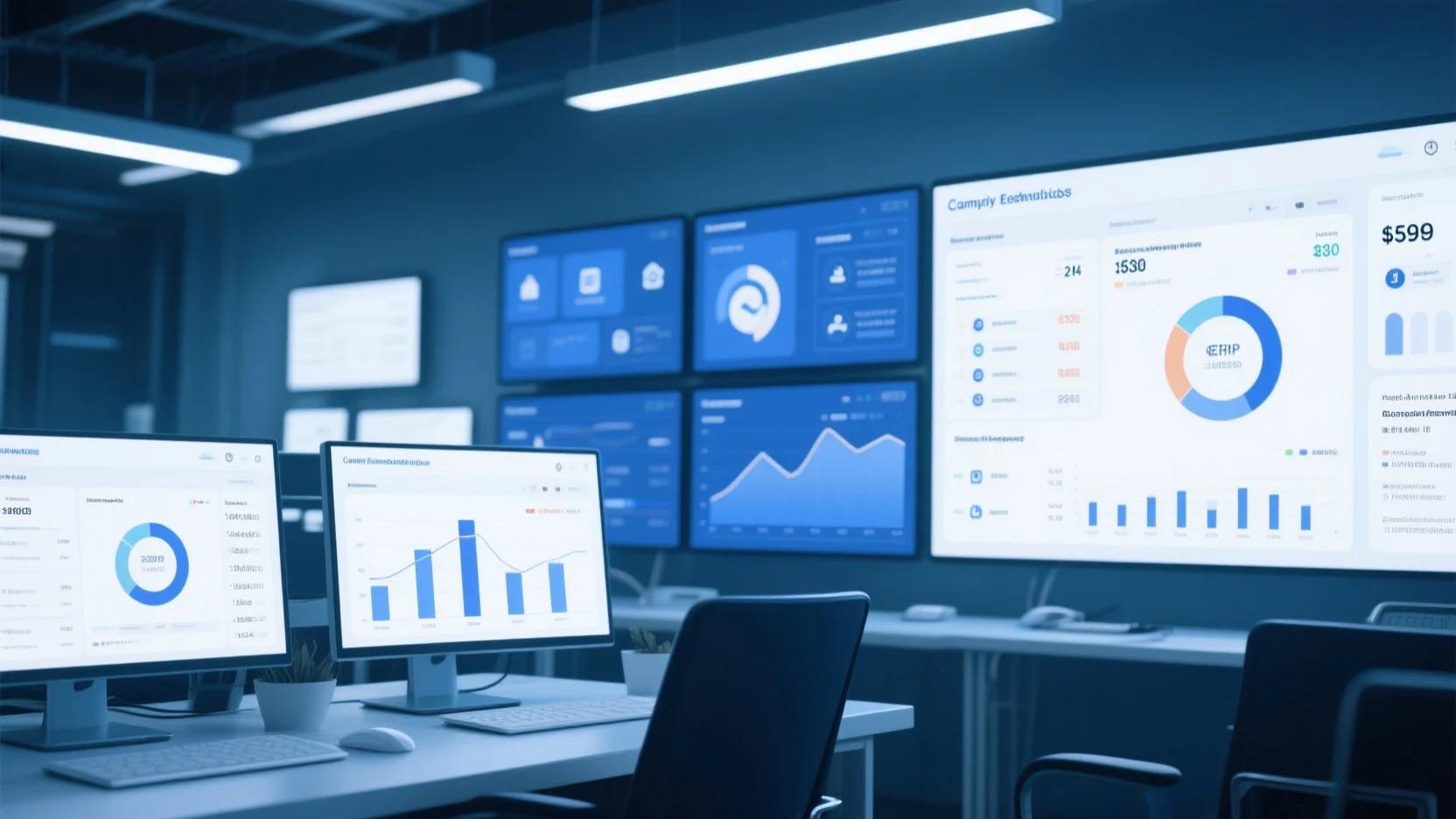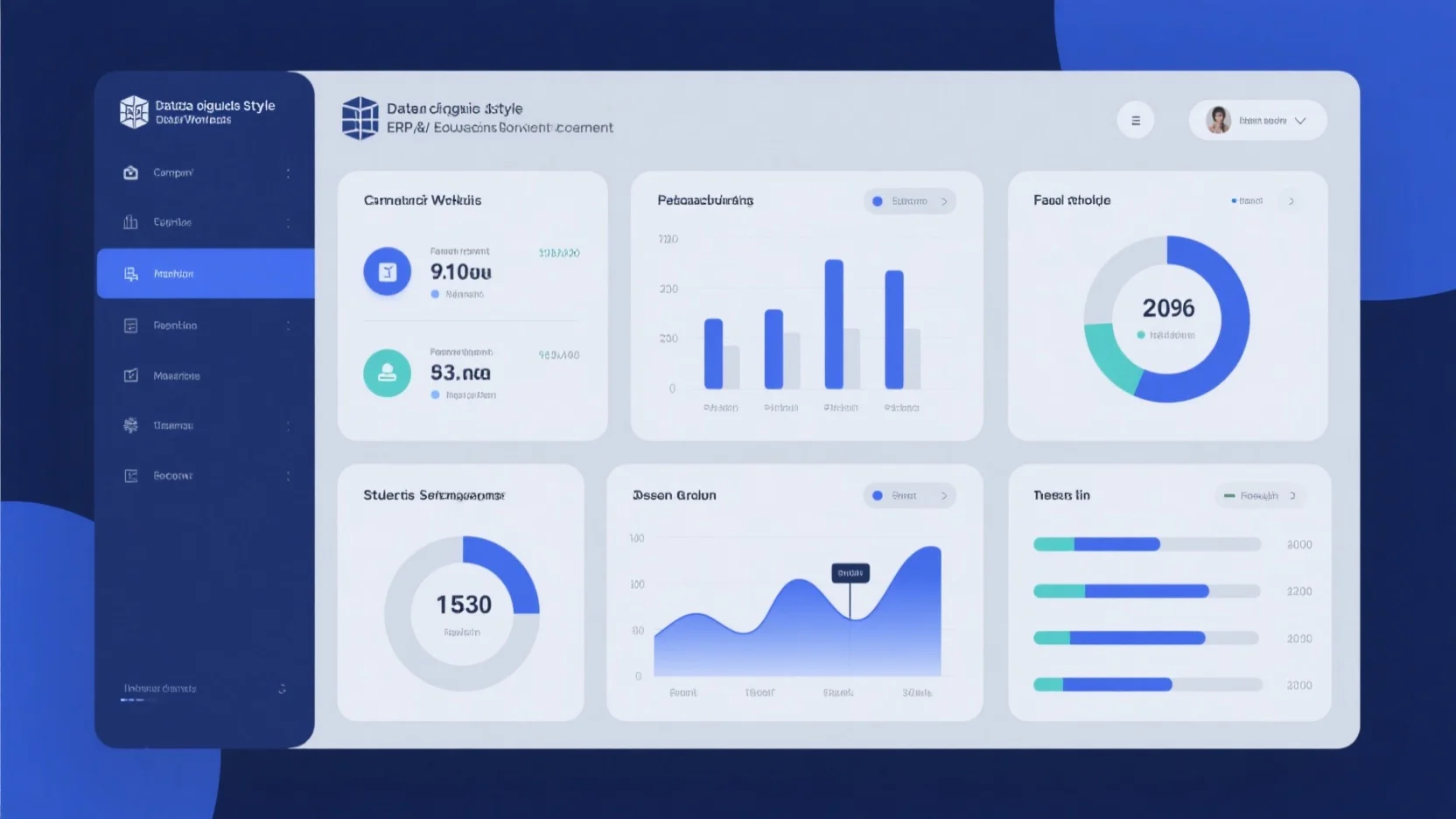Are you looking for a buying guide to boost efficiency in your education institution? Look no further! According to leading US authorities like Huron and educational technology experts, ERP systems in education are a game – changer. In fact, a study shows that higher education institutions using ERP report major ease in operations. Premium ERP models offer seamless student information system integration, precise faculty workload tracking, efficient research grant management, and transparent campus financials, unlike counterfeit models. With a Best Price Guarantee and Free Installation Included, get on board now to enhance decision – making and reduce costs.
ERP for education institutions
In recent years, the adoption of ERP systems in educational institutions has been on the rise. A study found that higher education institutions leveraging ERP systems report a significant ease in their operations, with no variance based on demographic variables of respondents (Source [1]). This shows the wide – reaching effectiveness of ERP systems across different contexts within education.
Definition
Comprehensive software integrating and automating administrative and academic functions
Enterprise Resource Planning (ERP) in the education sector is a comprehensive software that integrates and automates a multitude of administrative and academic functions. An ERP system acts as a unified database, bringing together business processes and functions within an educational institution (Source [2]). For example, it can track human resource systems, administrative student information systems, and financial systems simultaneously (Source [1]). This consolidation eliminates data replication, leading to more precise and transparent data. It ultimately improves the decision – making process, reduces the cost of operations, and enhances overall efficiency. Pro Tip: When choosing an ERP system, look for one that offers built – in compliance protocols to ensure regulatory alignment in educational institutions.
Managing services for faculty, staff, and students
ERP systems are designed to manage services for all stakeholders in an educational institution – faculty, staff, and students. For faculty, it can assist in workload tracking and research grant management. Staff can use it for administrative tasks, and students can benefit from streamlined admission, registration, and academic record – keeping processes. For instance, a higher education institution that switched to an ERP system found that it was able to manage student admissions more efficiently, reducing the time from application to enrollment (Source [3]). As recommended by leading educational technology experts, integrating ERP with other educational platforms can enhance its utility.
Bridging communication gaps and streamlining information
One of the key advantages of an ERP system is its ability to bridge communication gaps and streamline information flow within an educational institution. Different departments often work in silos, but with an ERP system, all relevant information is accessible from a single platform. This ensures that faculty, staff, and students can easily share and access the information they need. For example, in financial matters, different departments can view real – time budget information, avoiding miscommunication and over – spending. Interactive element suggestion: Try an online ERP demo to see how it can streamline information flow in your institution.

Student information system integration
Integrating the student information system with an ERP is crucial for educational institutions. It allows for the automatic sharing of pertinent information across different systems. For example, when a student’s grade is updated in the learning management system, the same information is automatically reflected in the student’s academic record in the ERP system (Source [4]). Academia ERP is a service provider known for offering highly interoperable student information and ERP systems (Source [5]). Pro Tip: Before integrating your student information system, assess the compatibility of different software to ensure a seamless data flow.
Faculty workload tracking
Faculty workload tracking is an important aspect of educational management. Over the past several years, Huron has worked with more than 30 institutions to establish faculty workload models (Source [6]). These models help in quantifying effort, maximizing resources, and establishing accountability. For example, an institution was able to identify faculty members who were over – or under – allocated based on a workload tracking system in the ERP. As recommended by educational management experts, integrating workload calculation data with the institution’s HR system can further optimize faculty management.
Research grant management ERP
Research grant management is a complex process in higher education institutions. An ERP system can simplify this by centralizing all information related to research grants. It can track the application process, manage funds, and monitor project progress. For example, a university used an ERP – based research grant management system to ensure that all research projects were in compliance with grant requirements and to avoid financial mismanagement. Top – performing solutions include those that are designed with built – in regulatory compliance features.
Campus financials
Campus financials, including budget management, fee collection, and expense tracking, can be efficiently managed through an ERP system. A higher education institution that switched from multiple financial systems to an integrated ERP system saw a reduction in errors due to the elimination of data replication (Source [7]). By using an ERP for campus financials, institutions can ensure transparency and better control over their financial resources. Pro Tip: Regularly review your ERP’s financial reports to identify areas for cost – reduction and resource optimization.
Key Takeaways:
- ERP systems in education integrate administrative and academic functions, manage services for all stakeholders, and streamline information flow.
- Integrating the student information system with ERP enhances data sharing and efficiency.
- Faculty workload tracking models in ERP can optimize resource allocation.
- Research grant management ERP simplifies the complex process of grant management.
- ERP systems improve campus financial management through transparency and error reduction.
FAQ
What is an ERP system in the context of education institutions?
According to industry experts, an ERP system in education is a comprehensive software that integrates and automates administrative and academic functions. It acts as a unified database for business processes. For example, it manages human resources, student info, and finances. Detailed in our [Definition] analysis, it eliminates data replication and boosts efficiency.
How to integrate a student information system with an ERP?
First, assess the compatibility of different software to ensure seamless data flow. Then, choose a service provider like Academia ERP known for interoperable systems. Once set, data like grades can automatically update across systems. This integration, as explained in our [Student information system integration] section, enhances data sharing.
Steps for effective faculty workload tracking using an ERP
According to educational management experts, start by establishing a workload model, as Huron did for over 30 institutions. Then, integrate workload calculation data with the HR system. This helps quantify effort and optimize resource allocation, detailed in our [Faculty workload tracking] analysis.
Research grant management ERP vs traditional grant management methods
Unlike traditional grant management methods that may be fragmented, a research grant management ERP centralizes all grant – related information. It tracks applications, manages funds, and monitors progress. Top – performing ERPs also have built – in compliance features. Detailed in our [Research grant management ERP] section, it simplifies the complex process.
